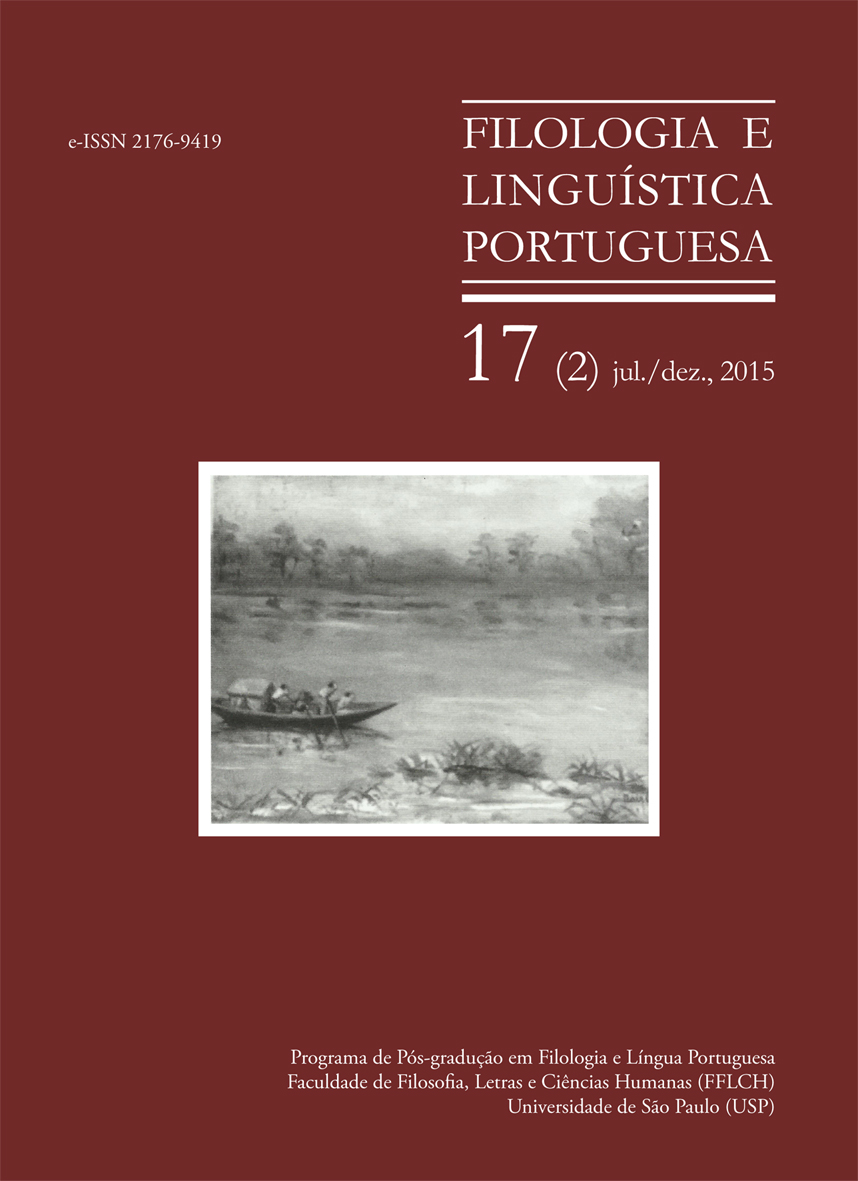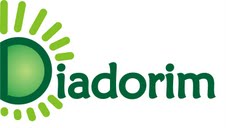O uso de digressões em textos orais
DOI:
https://doi.org/10.11606/issn.2176-9419.v17i2p273-293Palavras-chave:
Digressão. Tópico Discursivo. Oralidade. PortVix.Resumo
A digressão ocorre numa ação momentânea de suspensão de um tópico, sendo introduzido um novo e de maior interesse naquele instante, seguido da reintrodução do tópico original. Segundo Dascal e Katriel (1979), há três tipos de digressões: 1) baseadas no enunciado; 2) baseadas na interação; e em 3) sequências inseridas. O presente trabalho pretende investigar o uso desses três tipos em textos orais produzidos por falantes capixabas, retirados de entrevistas tipicamente labovianas do banco de dados do PortVix. O objetivo desta pesquisa é observar em que medida, ao empregar tal estratégia, a interação recebe uma espécie de reorientação de seu sentido. A análise qualitativa dos dados demonstrou que a digressão é uma estratégia conversacional muito utilizada pelo falante e que, apesar de apresentar caráter suspensivo e flutuante, deve ser considerada como um evento coerente, intervindo de forma decisiva na instauração, condução e manutenção da organização textual e interacional do evento comunicativo.Downloads
Referências
Andrade MLCVO. Relevância e contexto: o uso de digressões na língua falada. São Paulo: Humanitas; 2001.
Andrade MLCVO. O uso de digressões como estratégia discursiva na fala e na escrita. São Paulo: Humanitas, FFLCH/USP, FAPESP; 2002.
Brown G, Yule G. Discourse analysis. Cambriged: Cambriged University Press; 1983.
Dascal M, Katriel T. Digression: a study in conversational coherence. In: Petofi JS, editor. Text vs. sentence. Hamburg: Buske; 1979. vol. 29. p. 76-95.
Givón T. Topic continuity in discourse: the functional domain of switch-reference. In: Haiman J, Munro P., editors. Switch-reference and universal grammar. Amsterdam: John Benjamins; 1983.
Givón T. Syntax – a functional-typological introduction. Vol. II. Amsterdam: John Ben- jamins; 1990.
Gorski EM. O tópico semântico-discursivo na narrativa oral e escrita [tese]. Rio de Janeiro: Universidade Federal do Rio de Janeiro, Faculdade de Letras; 1994.
Jubran CC, et al. Organização tópica da conversação. In: Ilari R. Gramática do português falado. Vol. II: Níveis de análise lingüística. Campinas, São Paulo: Editora da Unicamp; 2002.
Koch IGV. A propósito: existem mesmo digressões? Cadernos de Estudos Lingüísticos. 1990.
Koch IGV. A inter-ação pela linguagem. São Paulo: Contexto; 1992. Koch IGV. O texto e a construção dos sentidos. São Paulo: Contexto; 2003.
Lins MPP. Organização tópica do discurso de tiras de quadrinhos [tese]. Rio de Janeiro: Universidade Federal do Rio de Janeiro, Faculdade de Letras; 2003.
Marcuschi LA. Análise da conversação. São Paulo: Ática; 1986.
Mazieira E, Tesch LM. Verificação dos hábitos de fala de uma comunidade lingüística. In: Lins MP; Yacovenco L, organizadores. Caminhos em lingüística. Vitória: Nuples; 2002. p. 141-148.
Mentis M. Topic management in the discourse of one normal and on injured adult [tese]. Santa Barbara: University of California; 1988.
Paredes Silva VL. Ao correr da pena: aspectos da organização tópica em cartas pessoais. In: Heye J, organizador. Flores Verbais. Rio de Janeiro: Editora 34; 1995.
Yacovenco LC et al. Projeto PortVix: a fala de Vitória/ES em cena. Revista Alfa. 2012;56(3):771-806.
Downloads
Publicado
Edição
Seção
Licença
Os direitos autorais serão cedidos à revista para publicação on-line, com livre acesso e impressa para arquivo em papel. Serão preservados, porém, para autores que queiram republicar os seus trabalhos em coletâneas.





















